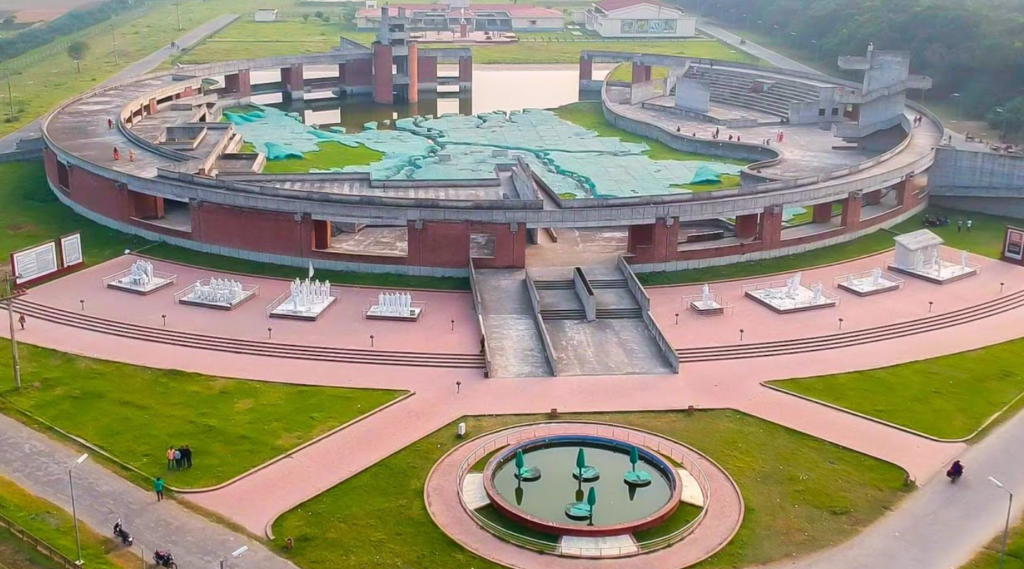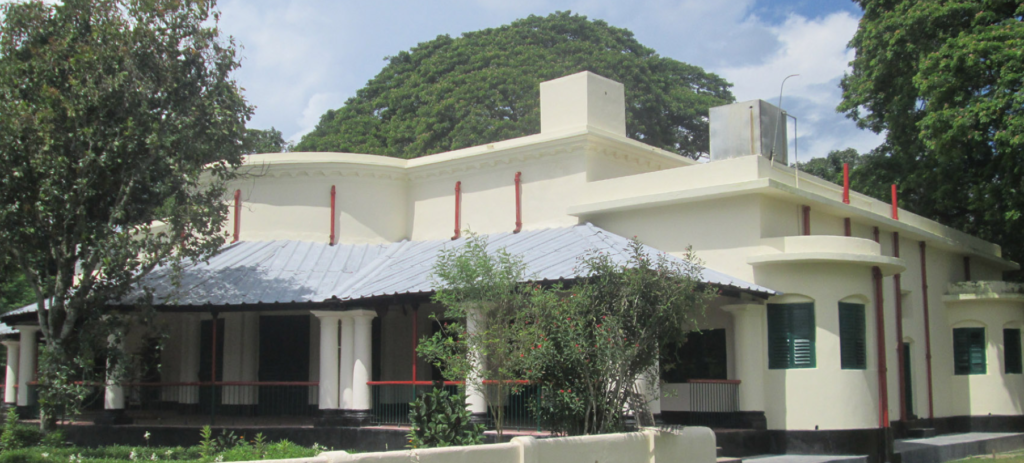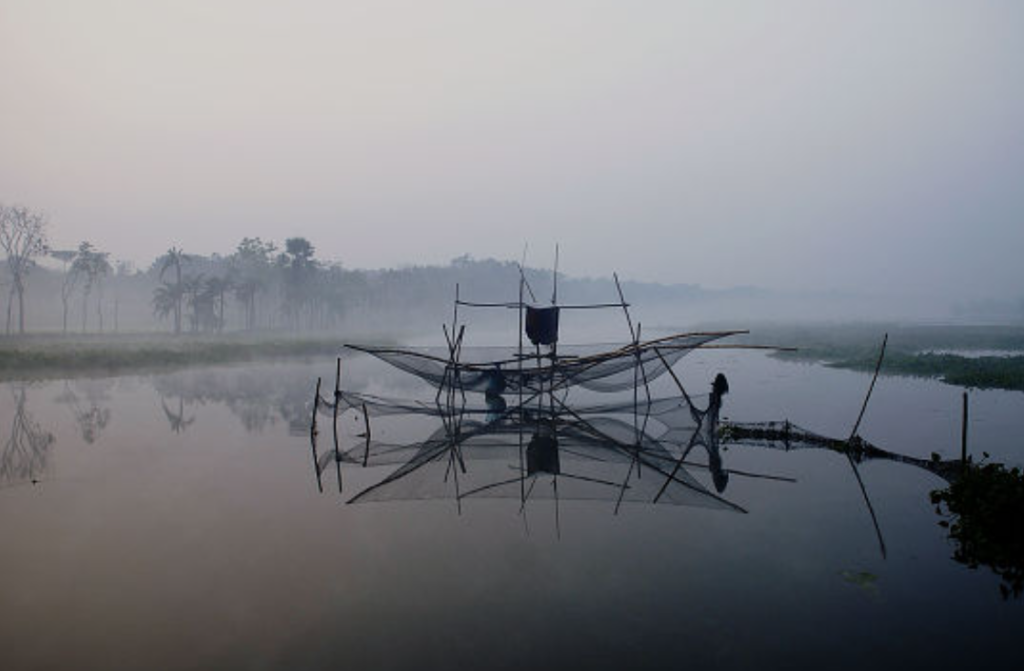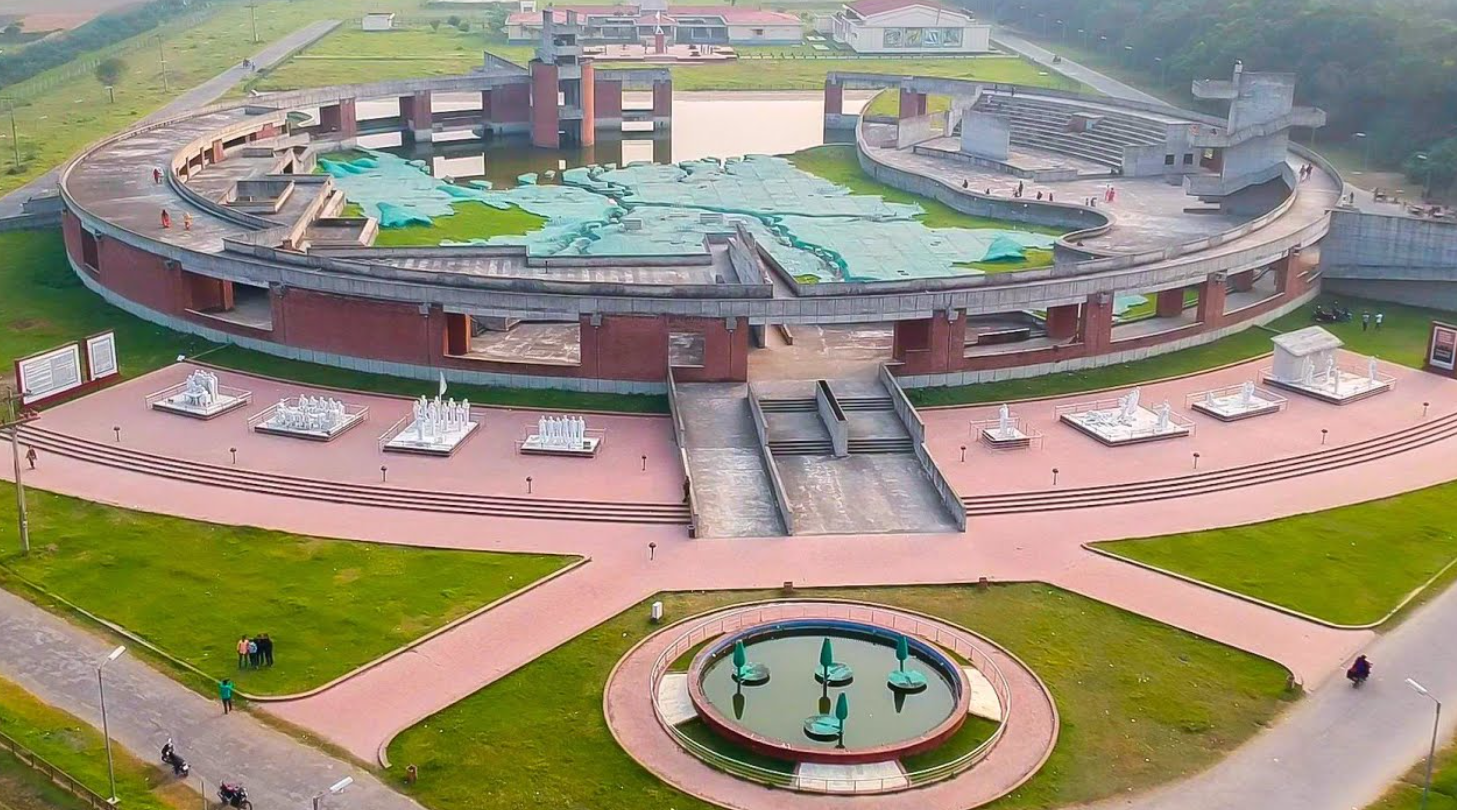Meherpur, the smallest district in Bangladesh, is a place of immense historical significance and cultural vibrancy. Located in the Khulna Division, Meherpur is bordered by Kushtia to the east, Chuadanga to the south, and the Indian state of West Bengal to the west. Despite its size, the district holds a prominent place in the history of Bangladesh and boasts a rich cultural and natural heritage.
A Historical Overview
Meherpur’s historical importance is rooted in its pivotal role during the Liberation War of 1971. The district was the site where the provisional government of Bangladesh, also known as the Mujibnagar Government, was formed on April 17, 1971. This monumental event marked the beginning of an organized movement for the country’s independence.
The district has a deeper historical connection dating back to the British colonial period. During this time, Meherpur was part of the Nadia district under British rule and played a role in the indigo revolts of the 19th century, where local farmers resisted the oppressive practices of colonial indigo planters.
Geography and Climate
Meherpur covers an area of approximately 716 square kilometers. The district’s topography consists of fertile plains, crisscrossed by rivers such as the Kopotakkho and Bhairab, which contribute to the region’s agricultural prosperity. The district experiences a tropical monsoon climate, with warm, humid summers and mild, dry winters.
Administrative Divisions
Meherpur district comprises three upazilas:
- Meherpur Sadar: The administrative and economic center of the district.
- Mujibnagar: Historically significant for hosting the Mujibnagar Government.
- Gangni: Known for its fertile lands and a hub for agriculture and trade.
Each upazila contributes uniquely to the district’s cultural and economic identity.
Major Attractions in Meherpur
1. Mujibnagar Memorial Complex

The Mujibnagar Memorial Complex is the most iconic landmark in Meherpur. Located in the Mujibnagar upazila, this beautifully landscaped site commemorates the formation of the provisional government during the Liberation War. The complex features a monument, museum, and a park that narrate the story of Bangladesh’s struggle for independence.
2. Amjhupi Nilkuthi (Indigo Plantation House)

This colonial-era indigo plantation house is a historical relic that stands as a reminder of the indigo revolts during the British period. The site is surrounded by lush greenery and is a fascinating destination for history enthusiasts.
3. Bhabanipur Shahi Mosque
Built during the Mughal era, the Bhabanipur Shahi Mosque is an architectural marvel. Its intricate designs and historical significance make it a must-visit for anyone interested in Islamic architecture and history.
4. Kapotakkho River

The Kapotakkho River flows through Meherpur, adding to the district’s natural beauty. The serene riverbanks are perfect for picnics, photography, and boating.
Cultural Significance
Meherpur is a hub of traditional Bangladeshi culture, particularly known for its vibrant baul music. Baul singers from this district are famous for their soulful renditions that blend philosophy, spirituality, and folk traditions. Festivals, fairs, and cultural events celebrating music, dance, and art are common, especially during the harvest season.
The district is also known for its traditional handicrafts, particularly pottery and weaving, which reflect the artistic talents of its people.
Agriculture and Economy
Agriculture forms the backbone of Meherpur’s economy. The fertile lands produce a variety of crops, including rice, jute, sugarcane, and vegetables. The district is also known for its mango orchards, which yield some of the finest mangoes in the country. In recent years, initiatives in small-scale industries and trade have further boosted the local economy.
Famous Personalities from Meherpur
Fazlur Rahman Khan
Although his roots trace back to Bangladesh as a whole, many associate Fazlur Rahman Khan with the region’s intellectual legacy. Known as the “Father of Tubular Design,” he revolutionized skyscraper construction with iconic designs like the Willis Tower in Chicago.
Baul Singers
Meherpur has produced numerous baul artists who have gained national recognition for their contributions to preserving this unique musical tradition.
How to Get to Meherpur
Meherpur is well-connected by road to major cities like Dhaka, Khulna, and Jessore. Public buses, private cars, and motorcycles are the most common modes of transport. The nearest railway station is in Chuadanga, while the closest airport is in Jessore, approximately 75 kilometers away.
Future Development Prospects
Meherpur has been witnessing gradual development in infrastructure, education, and healthcare. The government and local authorities are also working to promote tourism by preserving historical sites and natural attractions. Sustainable agricultural practices and small-scale industries are expected to further enhance the district’s economic growth.
Conclusion
Meherpur may be the smallest district in Bangladesh, but its significance is monumental. From its historical landmarks to its vibrant cultural traditions, the district offers a unique blend of history, heritage, and natural beauty. Whether you’re a history buff, a nature lover, or a cultural enthusiast, Meherpur has something to offer.
Plan your visit to Meherpur and experience the spirit of a district that played a crucial role in shaping Bangladesh’s identity.





One thought on “Meherpur- The smallest district in Bangladesh”